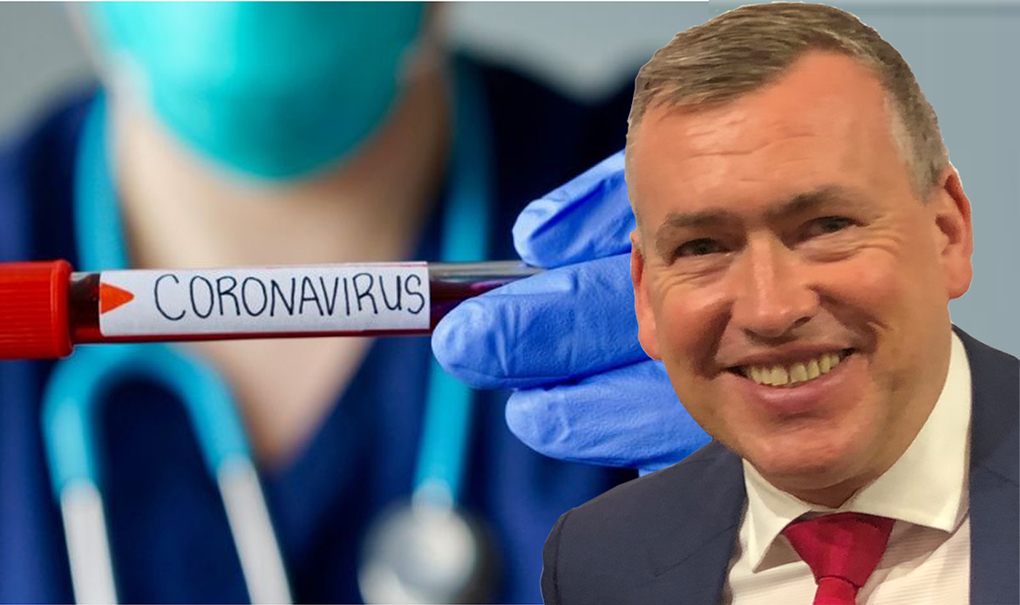Are Acquisitions the Feel-good Drug in a Declining Market?
Are Acquisitions the Feel-good Drug in a Declining Market?
 It seems the imaging channel has turned into a shopping channel over this last year. Has anyone, besides me, thought how dangerous this is? I believe Ricoh could run a webinar explaining the impending disaster of a growth strategy based on acquiring more of the same in a declining market.
It seems the imaging channel has turned into a shopping channel over this last year. Has anyone, besides me, thought how dangerous this is? I believe Ricoh could run a webinar explaining the impending disaster of a growth strategy based on acquiring more of the same in a declining market.
Yes, the fastest way to grow business revenue is to buy it. However, when the business’ product you are buying is in a declining market, are you not, in fact, buying declining revenue?
Last May, the imaging channel witnessed one of the largest market players divest itself of the acquisitions it made over the last decade. They claimed they had underestimated the decline in print and that hardware competition was eroding any hope of ever getting their investment back. This year Ricoh wrote off US$1.6 billion— BILLION DOLLARS—in goodwill. It seems there are a lot of Ricoh copycats hoping they have a better strategy.
Caution: the noise and excitement of chasing revenue can deafen the cries to control cost.
Ricoh should have proven to everyone growth through acquisitions in a declining product use market is a risky bet. Today, it seems the screams of excitement come with bragging about how much money you are willing to spend to buy customers. It’s louder than the thrill of how much money you earn selling the customers you already own.
Some will argue acquisitions are about buying customer relationships. Another risky bet. Today more and more customer relationships are being replaced by a competitor’s better experience. Yes, customer relationships are valuable if the customer gets value.
In the very near future, our industry will find itself with a collection of serial numbers that produce nowhere near the revenue as the day they were acquired. Backed by venture capital, those self-investors will then determine how valuable those relationships were based on a declining product.
The imaging channel cannot sustain itself by accumulating declining revenue. We can see from their acquisitions that some industry leaders understand this. They are not betting all their money on current relationships based on print. They are adding value to their print deliverable with IT services and security services for example. At the same time, they are moving entirely off the page (could not resist the pun) with acquisitions that are not in any way affiliated with print. In other words, they are not only diversifying their deliverables: they are diversifying their customer base as well.
The imaging channel will see innovators from within and without its borders completely modifying the deliverable. From the way they sell, bill, and service. The innovators will focus on replacing 80 percent of the market’s A3s with A4s. The biggest threat to the dealers is losing the largest part of their base to a new innovator.
Many dealers are betting that high volume will bring some stability as they chase this two-to-three percent market share. This chase to catch high volume has created a fast race to the bottom end of what everyone thinks is the high end. Monochrome retails at .00289c/copy or .003c/copy. Color is at .025. How low van it go? Soon we will see a vendor pay the end-users to use the equipment they gave them. Yes, I’m being sarcastic, but will anyone bet me it won’t happen?
One thing is for sure the current circumstances are not sustainable and something must change. Some inside the channel understand this. However, the new outsiders coming will take the customers from those who believe the way it has always been, is still working fine. End-users do not need to print many of the things they used to print and regardless of the rumors that millenniums love to print, print is declining.
Dealers who control cost, adjust human capital, sell products based on customer’s needs (customer-centric) and have the discipline needed to modify will ultimately prevail. The imaging channel must shift from managing its survival to leading its re-invention. It must have a strategy to profit off the decline in print. Those currently selling out are doing just that. Those buying and those hanging on must modify.
I will remind you, as I always do as I wind up, that status quo is the killer of all that will be invented. Don’t get stuck in the status quo.
Have you found this article helpful?
Ray Stasieczko is a forward-thinking and often controversial writer and speaker. You may not want to agree with everything he says, but you are compelled to read and listen. To do otherwise could spell doom.
He has called the imaging channel home for nearly 30 years and served in various roles and has contributed nearly 100 articles to the industry’s publications. Ray has also spoken at the RT Media Summits in Cairo, South America and China. You can contact him and watch him on LinkedIn. Stasieczko welcomes all to subscribe to his YouTube Channel
Read Ray’s other blogs:
- Business Opportunities Offered by this Pandemic
- That’s a Lot of Toner For a Market in Decline
- The Toner Wars Between Cartridge Suppliers
- When will Dion Write the Check to Carl
- Make Your Printer Consumables Business Profitable
- Are Acquisitions the Feel-good Drug in a Declining Market?
- Recognizing Disruption as a Creator and not a Competitor
- Managed Print Services is Not the Door to Managed IT Services













Leave a Comment
Want to join the discussion?Feel free to contribute!